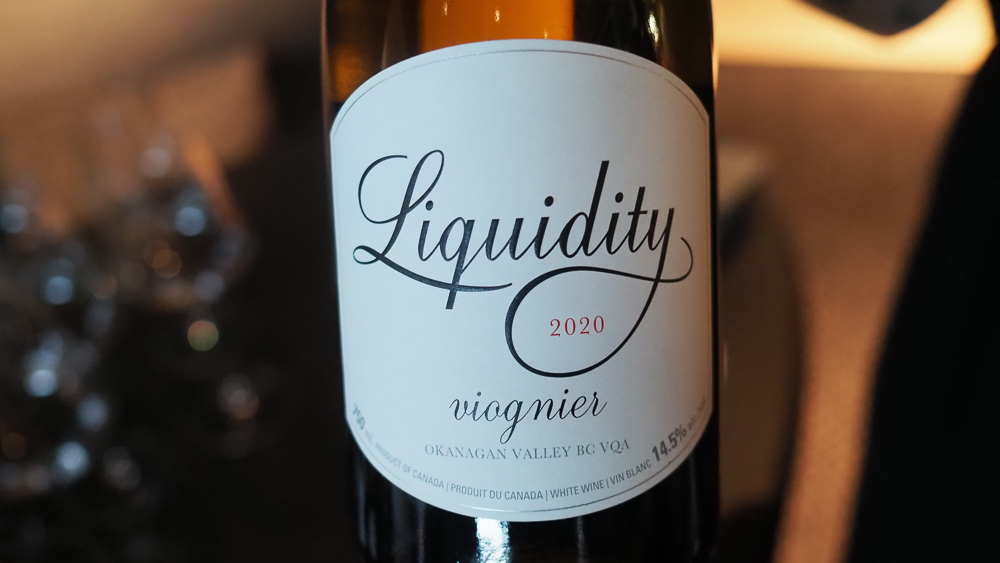Death, politics and religion – three topics we are told to avoid at parties and the family dinner table. But in this age of polarization and uncivil public discourse, we might have to reconsider this stance. It is time to relearn how to have difficult conversations with kindness and mutual respect.
We can add racism to the list of uncomfortable topics. Before the murder of George Floyd, we did not speak about racism in everyday conversation, but his death and the protests that followed brought about a collective social awakening of the horrors of racism in North America and around the world.
Now that the intensity of the moment has passed, we are once again reluctant to engage with the topic. Maybe we think that racism is an American problem, not a Canadian one. Or maybe we think that if we don’t talk about it, it can’t be a reality in our society.
But racism is real for Indigenous Canadians who live on average 9 years less than non-Indigenous Canadians, and a shocking 19 years less in Alberta. Racism is real for black men in Canada, who are incarcerated at much higher rates than white men. And racism is real for the Muslim family killed in London, Ontario while out for a walk on a beautiful summer day.
Racism is not always conscious, explicit or visible. It is easy to recognize racial slurs, overt acts of discrimination or hate crimes but much more difficult to identify the invisible systems and structures in our society that perpetuate unfair treatment and oppression.
If racism is an iceberg, overt interpersonal racism is the small tip that is visible above the surface of the ocean. The greater bulk of systemic racism lies below the water unseen. And just as it is with an iceberg, it is the invisible part that causes the most harm. Systemic racism denies people of colour good jobs, decent housing, higher education, quality health care and fair treatment by the criminal justice system.
Historic examples of racism enacted through government policies and legislation are numerous: the Indian Act, residential schools, the Chinese Head Tax, Japanese internment, Canada’s exclusion of Jewish survivors fleeing Nazism. But systemic racism is not a thing of the past. We still have many laws, policies and practices across all sectors – health, education, justice, politics and business – that oppress racialized people.
Real change in the lives of racialized people won’t happen until we take specific steps to include everyone in our economy, our institutions and in governance. So, what are some actions we can take towards these goals?
We can call for reconciliation with Canada’s Indigenous people to move beyond words to real action and can ask all levels of governments to co-operate to provide high quality services to Indigenous people and communities – from clean water to culturally safe healthcare to quality educational opportunities. We can advocate for Indigenous people to have control over their own governance, resources and land.
Employers and businesses can hire racialized people for good jobs that pay a living wage, have good benefits and clear pathways for advancing their careers. And for greater impact, they can recruit qualified and capable racialized people to lead their organizations.
Health, education, social service and government organizations need to hire frontline workers who reflect the diverse identities of the people they serve. The leadership of such organizations must also reflect the make-up of our communities. And organizations need to have formal anti-racism policies that are implemented through budgeting, hiring and procurement practices that focus on equity.
Furthermore, all of us can leverage our personal networks, resources and spheres of influence to shift outcomes for racialized people. We can use our purchasing power in businesses owned by people of colour to buy products and services or invest our money. We can encourage racialized people to run for elected office, donate to and volunteer in their campaigns, and vote for them in elections. We can read books, buy art, and attend performances produced by people of colour and we can rent dwellings to racialized individuals, couples or families as they often have a hard time securing housing.
This is not about favouring one group over another, but about levelling the playing field and including those who have been left out for far too long. When people chant “Black lives matter!” they are saying black lives matter too. When people cry out “Every child matters!” they are saying Indigenous children also matter. We must recognize the humanity in all of us and acknowledge that we are stronger when we stand together.
Vamini Selvanandan is a rural family physician and public health practitioner in Alberta. For more articles like this, visit www.engagedcitizen.ca.
© 2025. This work is licensed under a Creative Commons CC BY 4.0 license







